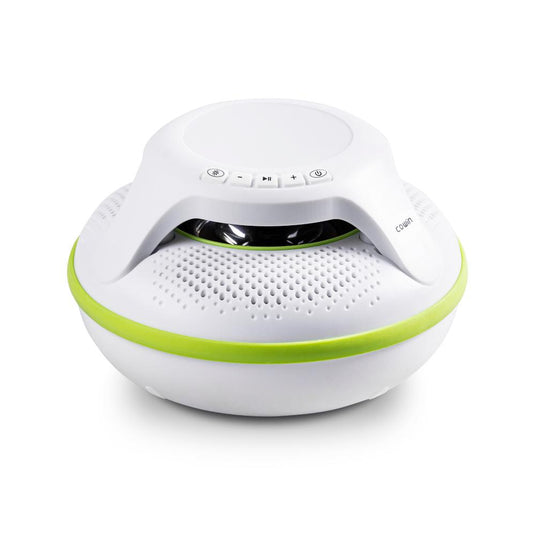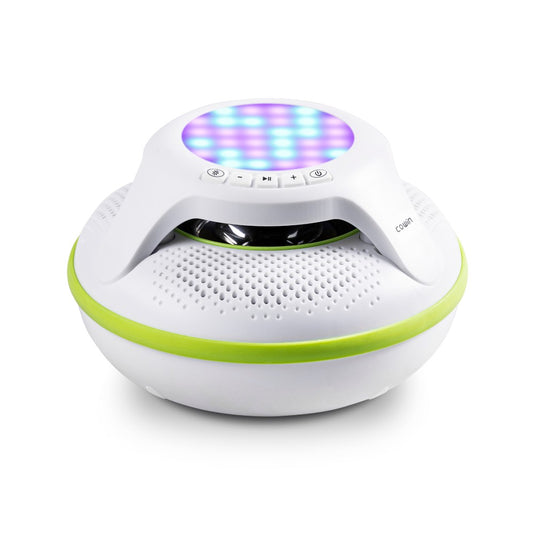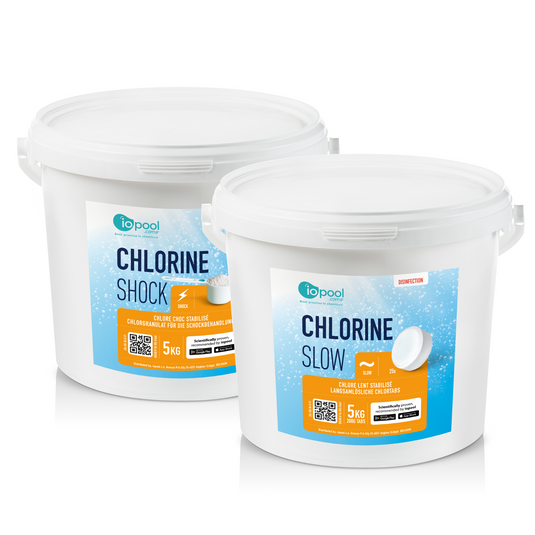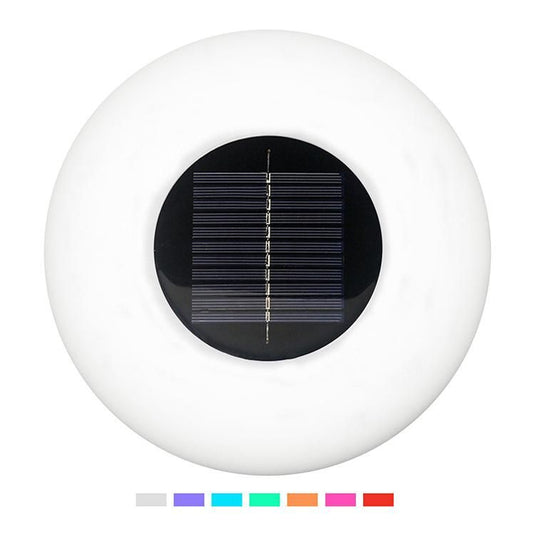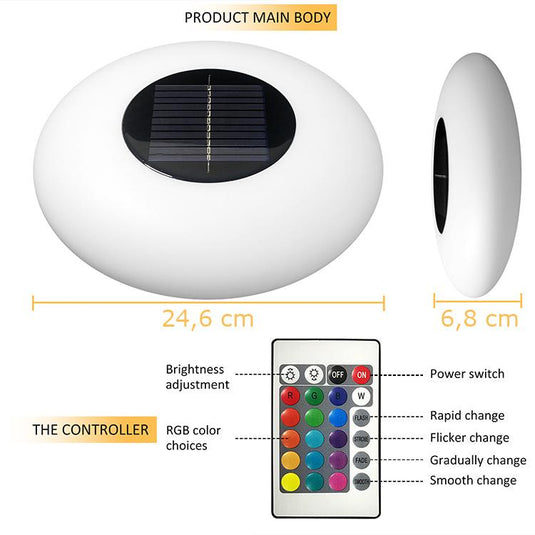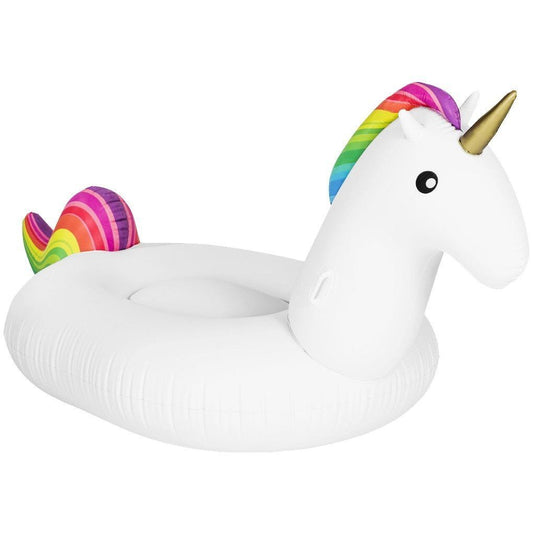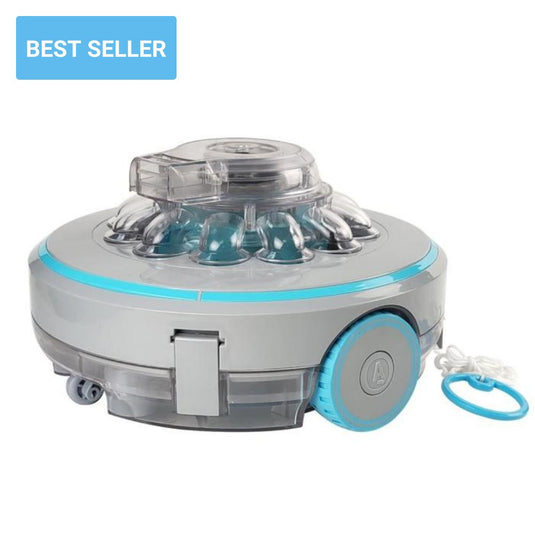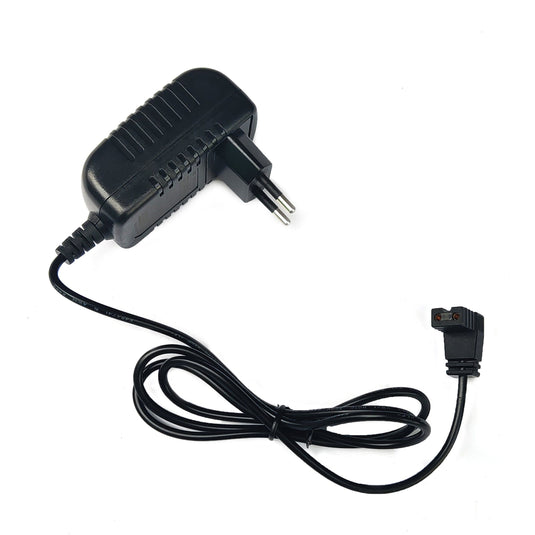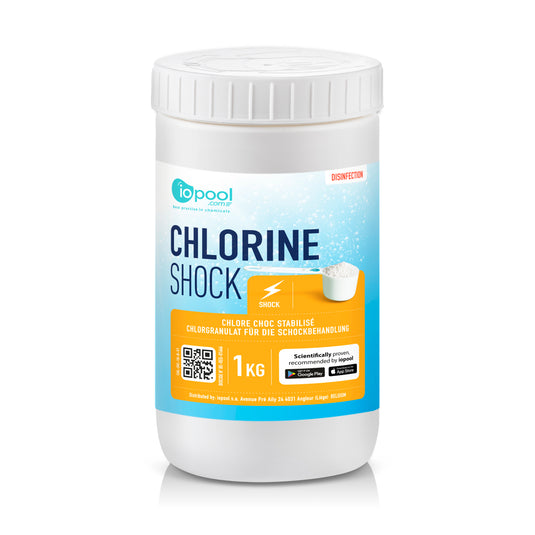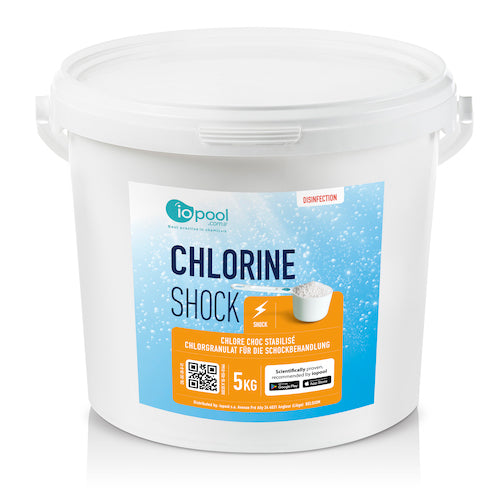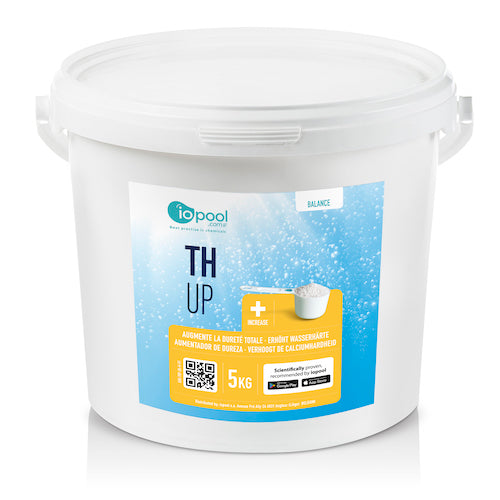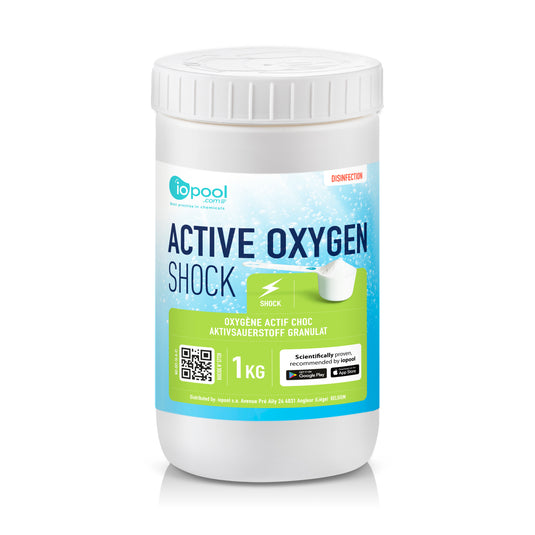Reduce Your Pool's Environmental Impact

We hate breaking it to you, but your pool might be harming the planet. Not only that, but it could be costing you more than it has to. Can a swimming pool be eco-friendly? Yes! It takes a few adjustments, but reducing your pool's environmental impact is possible. Keep reading to discover more.
Why Are Most Pools Not Eco-Friendly?
You may not want to hear this, but your backyard pool could damage the environment.
First, a pool consumes a ton of water. The average pool takes about 18,000 gallons of water to fill. It also loses ¼ to ½ inch of water each day due to evaporation, which will need to be refilled. And a pool leak that loses 1 drop of water per second could result in a loss of 2,000 gallons a year.
Pool maintenance is another thing that increases your carbon footprint. Heavy use of harsh pool chemicals can contribute to the production of greenhouse gases.
Lastly, running your pool’s equipment requires lots of energy. Research notes that private pool pumps use up to 2,500 KWh per year. Aside from the air conditioner, the pool pump is the largest electricity consumer in households with a pool.
While the facts may be unsettling, there are ways to improve your pool for the earth.
How to Reduce Pool's Environmental Impact
While some may argue that making your pool eco-friendly is impossible, these tips prove otherwise. Check out these 14 ways to reduce your pool’s environmental impact.
Reconsider Your Heat Pump
Electric and gas heaters are major energy hogs, and it’s challenging to maintain an eco-friendly pool when you’re using tons of non-renewable energy. Thankfully, there’s a greener solution— solar pool heaters.
Solar energy heaters allow you to harvest the sun’s energy to keep your pool warm. A solar pool heater also cuts down on monthly electricity costs.
Alternatively, you can invest in a dual-speed or variable-speed pump — which uses less energy than single-speed pumps.
Add a Timer to Your Pool Pump
Add a timer if an entirely new heating system isn’t in the budget. Installing a pump timer, instead of letting it run constantly, will lower your energy consumption. And if you have a smaller pool, you can run your pump for less time.
Get a Robotic Pool Cleaner
A robotic pool cleaner is a convenient way to clean your pool without excessive chemical use. As the automatic cleaner removes debris and dirt, your filter won’t have to work as hard, saving energy. To enhance eco-friendly pool cleaning, go for a solar-powered purifier.
Maintain Your Pool Filters
Clogged pool filters overwork your pump — consuming tons of energy. That’s why it’s essential to regularly check and clean your filters.
Depending on the filter you have, cleaning could be tedious and wasteful. For example, sand filters must be washed frequently. However, cartridge filters require less water to clean — they only need to be hosed off about twice a year.
Calculate the Right Filtration Time
Running your filter 24/7 is guaranteed to keep your pool hygienic, right? Not exactly. Constantly running your filter won’t make your pool any cleaner. In fact, it wastes energy. One complete cycle is enough to remove harmful organisms. But how long is a complete cycle?
The proper filtration time is typically four to five hours. However, this may vary depending on the size of your pool. Find out how long you should run your filter with our filtration time calculation guide.
Use a Cover
A pool cover is one of the easiest ways to save energy and water. While a cover won’t change the water required to fill it, you can reduce water loss by 95%. Keeping it covered could save hundreds of gallons of water each year.
Covering your pool is an effective way to reduce energy consumption — it could also result in savings. For example, you could save up to 70% on your energy bill with a pool cover.
A cover also stops debris and dirt from getting in, which allows your pump to work less. Discover our guide to select the most adapted pool cover for you.
Refill It With Rainwater
Even with a pool cover, water loss can still happen —i.e., splashing, wind, or a leak. Use rain instead of refilling your pool with tap water or hiring a refill company. A rainwater harvesting system allows you to collect rainwater. The most common types are buried tanks and concrete cisterns. They harvest water and regulate the pH level.
Use Natural Cleaning Products
Chlorine and other harsh chemicals kill bacteria and remove contaminants. While these substances help keep your pool sanitized and safe, they could damage the environment. For example, excessive amounts of chlorine are evaporated into the air and release greenhouse gases. You can use less chlorine or opt for more natural sanitizing treatments.
Saltwater chlorinators are an ideal alternative to standard chlorine. Saltwater systems convert salt into chlorine using a generator. Compared to regular chlorinated pool systems, salt systems are lower maintenance and produce less odor. Saltwater also gives the water a “softer” feel.
Get High-Tech
Saltwater generators aren’t the only eco-friendly sanitation option. Some other eco-friendly innovations include:
- Ultraviolet radiation: Ultraviolet disrupts the DNA of microorganisms to stop their development. This system reduces chemical consumption by 80-90%.
- Active oxygen: Active oxygen is an alternative to chlorine for water disinfection. It doesn’t irritate the eyes or lungs, and it doesn’t release greenhouse gases.
- Neurolysis: This system combines salt electrolysis technology and ultraviolet radiation to sanitize water.
Keep Your Pool Algae-Free
Algae suck up your chlorine and force your to add more. You might even have to shock or double-shock your pool. Excess chlorine will not only reduce your pool’s chemistry but also contribute to your carbon footprint.
So, ensure you keep an eye out for this green, slimy monster. If you do find algae growing in your pool, don’t panic. Use a pool brush to scrub any surfaces covered in algae. Then, apply an eco-friendly pool algae killer such as bicarbonate. Let the water circulate for 24 hours, then brush the surfaces again until the algae disappear.
Use LED Lights
A swimming pool looks stunning at night when it’s lit. But your glowing lights could burn a hole in your pocket (and the ozone layer). LED lights use less energy than standard pool lighting. These lights use as little as 42 watts, saving you up to 75% on energy usage. They also last 25 times longer than incandescent or halogen lights.
Get Biological
Like in natural ecosystems, aquatic plants, rocks, and gravel purify water without chemicals. It might sound strange, but bio-pools work and they add to your pool’s aesthetic.
Bio-filters absorb phosphates and encourage the growth of “good” bacteria that eat algae and other harmful organisms. A “regeneration zone” with biolife and plants is built near your main swimming area. The plants in this area act as a natural filter for water in your primary swimming area. You can also use biofilters with a special pump or skimmer system.
Natural pool filtration systems work in a range of climates, and they don’t require much maintenance. However, you will need a lot of land to build it. And installation costs can be expensive for some homeowners.
Don’t Drain the Water
You may want to drain your pool in the off-season but don’t. Swimming pools can hold up to 25,000 gallons of water. And if you empty it, you’re wasting gallons of water. In addition, with proper maintenance, your pool’s water can last up to seven years without being changed.
Quickly Repair Leaks
Leaks cause you to constantly add water — which wastes valuable resources. So, be sure to fix a leak whenever it comes up. To find out if you have a leak, do the “bucket test”. Place a bucket full of water beside your pool and mark the water level in the bucket and the pool. Then, wait 24 hours and assess the water lines. You have a leak if the pool has lost more water than the bucket.
What are the Benefits of an Eco-Friendly Pool?
From improved health to relaxation, reducing your pool's environmental impact yields many benefits. Let’s look at a few of them:
Improved Health
Since an eco-friendly pool doesn’t use as many chemicals, it prevents skin and respiratory irritation. So, they’re suitable for people with sensitive skin and asthma or upper respiratory conditions.
Energy Conservation
Of course, these pools have a very low environmental impact and low maintenance. With that, they consume very little energy running filters and pumps. And if you add energy-efficient technology, you can save even more energy.
Water Conservation
You’ll also save water with an eco-friendly pool. In fact, you’ll use 35% less water to wash filters. Plus, since many energy-efficient sanitizers do a good job cleaning your pool, you’ll drain your pool less often—saving more water.
It’s Therapeutic
Using natural biological elements in your pool has a therapeutic effect. For example, seeing more greens in your surroundings or hearing the natural water flow can help relieve stress and rejuvenate energy.
How Eco-Friendly Is Your Pool?
There are many ways your pool can negatively impact the environment, from excessive energy use to wasted water. But implementing the tips we highlighted can lessen your pool's environmental impact, and they could even keep more money in your pocket.

